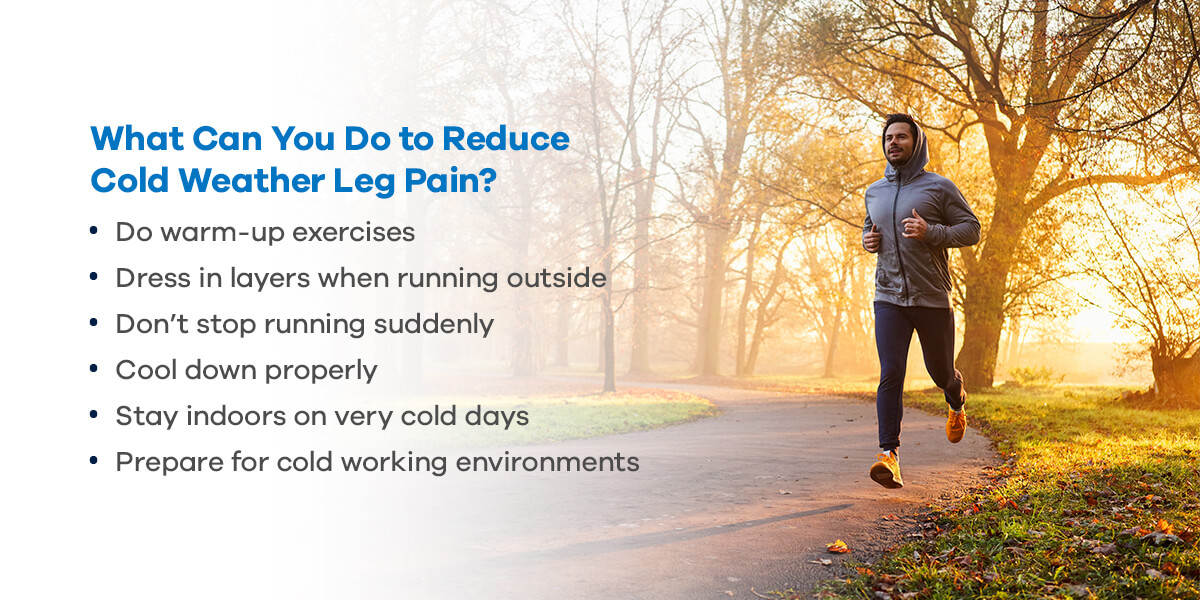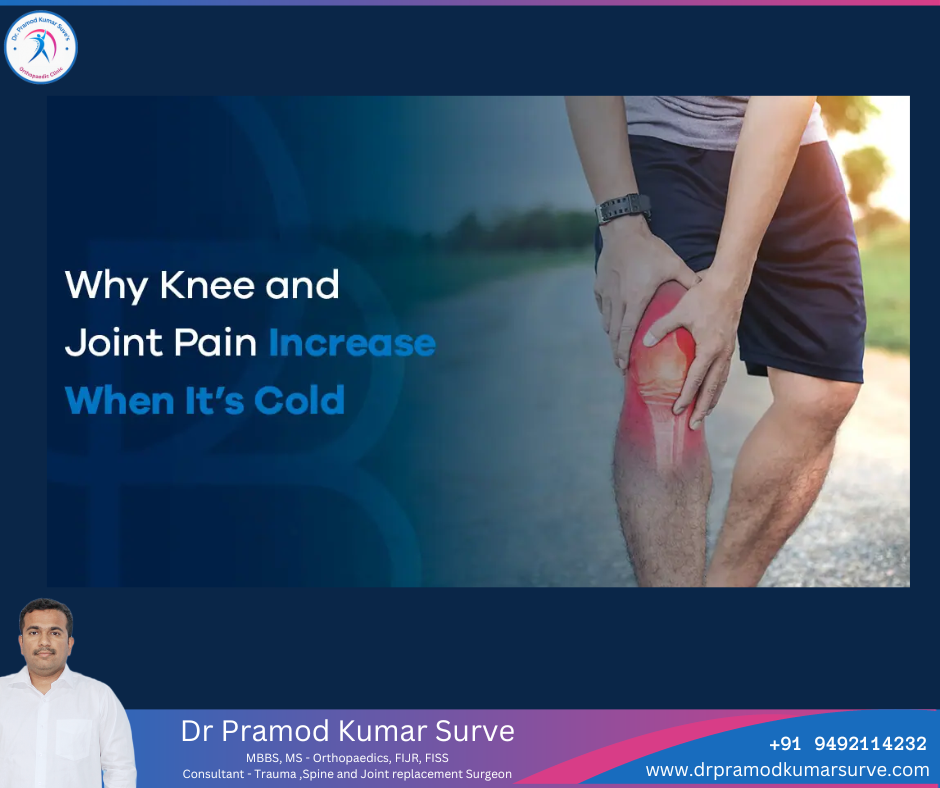You may have wondered: : “Why do my legs hurt when it is cold?” Joint pains are symptoms of an injury or an underlying health condition. But cold weather does create joint pains, especially when you must spend time outdoors during winter. Let’s take a brief look at the reasons for this kind of pain and how you can get it treated.
Why Leg Pain Occurs Due to Cold Weather
You can experience pain in any part of your body, but cold weather discomfort occurs mainly in the hips, knees and ankles. This pain is more likely to happen when you run regularly. If you tend to spend more time exercising in the cold, you’ll put more pressure on weight-bearing joints. The pain you feel could be caused by restricted blood flow to the joints or changes in pressure.
However, theories abound to explain the occurrence of leg pain due to cold weather. Despite many theories, there is no consensus on the definitive cause of cold weather leg pain. Compounding this uncertainty is the question of why some people experience leg pain in cold weather and others do not. In some cases, the answer is clear, as studies have shown that people with arthritis commonly experience joint pain when cold.
Some theories suggest changes in atmospheric or barometric pressure, which refers to the weightiness of air and decreases in cold weather. This drop in barometric pressure may cause your soft tissues to swell and put pressure on your joints, causing your nerves to transmit increased pain signals.
Others say seasonal affective disorder (SAD) can impact your perception of pain, as feelings of depression or sadness can make you more attuned to pain. Yet another theory suggests the synovial fluid inside your joints thickens in cold temperatures, causing joint stiffness and pain in cold weather.
What Is the Cause of Leg Pain in Cold Weather?
During late fall and winter, joint pain complaints become more frequent than in other seasons of the year. As mentioned, there’s inadequate research to prove this condition’s cause. During cold months, the body tries to conserve more heat and sends more blood to organs in your body’s midsection, such as your heart, lungs and digestive organs.
As a result, your body sends less blood to your legs, knees, arms, shoulders and other joints. This reduced blood flow, in turn, makes the blood vessels at the joints constrict, making those areas stiffer and colder, resulting in pain and discomfort. This explanation applies only to the pain you feel while you are outdoors. Such pain increases significantly when you are active or put pressure on your leg joints while running. Still, it does not necessarily explain why you may be experiencing leg pain in the winter despite being cozy inside your home.
If you are only experiencing leg pain when running outside in the cold, you have many solutions to avoid the leg pain by keeping your whole body warm as you exercise. Conversely, you may require further medical testing and attention if you are experiencing pain in cold weather despite keeping yourself warm. Such testing and medical attention will focus on discovering why you’re experiencing increased pain in cold weather and providing treatment to solve or manage the issue.
What Can You Do to Reduce Cold Weather Leg Pain?

Keeping warm can help you reduce cold weather joint pain, especially when you run outdoors in winter. Here are some ways to stay warm and avoid cold-weather leg pain:
- Do warm-up exercises: Stretch for five minutes or more. Warm-up exercises boost your cardiovascular system by increasing blood flow to your muscles and raising your body temperature. Warming up before exercising also reduces joint stiffness and prevents joint injuries.
- Dress in layers when running outside: Although you may prefer to run with as few layers as possible in optimal conditions, winter running can be very different. To counteract the cold shock your body experiences from winter running, ensure you’re well-layered — especially to start the run. Keep your extremities covered so they require less blood flow to stay warm, allowing your joints and soft tissues to maintain good circulation. As your body warms up, you can shed layers as needed — wrap a jacket around your waist or put a scarf in your pocket, for instance.
- Don’t stop running suddenly: When you need to take a break from running, keep walking so your knee joints won’t get cold and start to hurt. Staying mobile as you catch your breath will prevent muscle tightness and joint stiffness, maintain optimal blood flow and preserve your rhythm and motivation to keep going.
- Cool down properly: Soon after running, do some stretching exercises to reduce the muscle tightness that occurs shortly after prolonged exercise. A short walk or light jog after a long run also delivers oxygenated blood to your muscles, supplying them with energy, speeding up recovery and preventing sore spots. After your run and before you start stretching, it is a good idea to cool down with a walk or light jog. Make sure you stretch your muscles before sitting down to rest.
- Stay indoors on very cold days: Work out indoors when the winter weather is most fierce. Rather than going out to run on snow-covered pavement, get on your treadmill for a 20-minute cardio workout. After working out, get cozy! If you can, drink some warm tea or coffee, snuggle up with a nice blanket and read a book or watch a show.
- Prepare for cold working environments: When you’re at work, bring extra layers if your workspace environment is on the colder side and you feel your joints acting up. Take a warm shower or bath when you get home, and ensure you have gloves, warm socks, a coat suited to the weather and a hat to keep you warm when you must traverse the icy cold.
